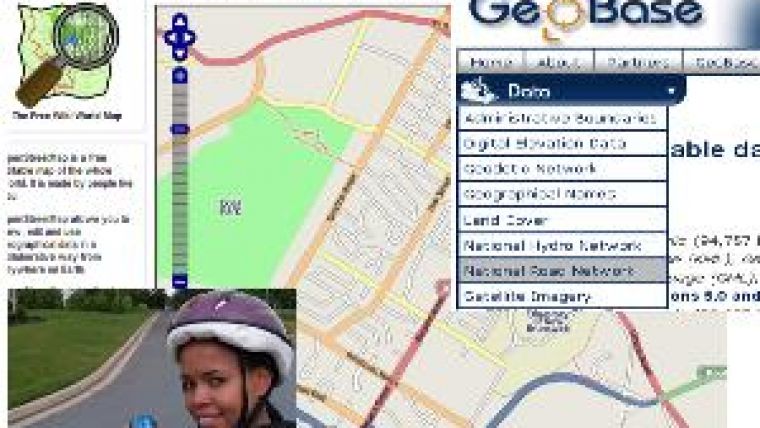VGI in SDI: Some Key Questions
Use of Volunteered Geographic Information (VGI) is now mainstream. OpenStreetMap, TeleAtlas and Navteq all routinely use volunteer contributions to maintain their databases. In Australia, Victoria State Government now permits (registered) individual government employees to update state-level mapping features & attributes.
How, When and Why
In order to design strategies for employing VGI in map production and maintenance, mapping organisations must ask themselves some fundamental questions. For example:
- What problem or objective are we trying to address? Do we require faster updating cycles? Does a program’s dataset need additional attribute information? Are we facing reduced funding for in-house production? Is there a new opportunity to involve specific users or employees?
- To what extent should we initially adopt VGI? Could it become the ‘front-line’ means of user-driven change detection? Which contributions may be integrated directly into the master database?
- How may credible contributors be distinguished from those who may be mischievous or malicious? Tools are now available to help trace the source of volunteered contributions (see references in the paper cited at the end of this article).
- Who makes the final decisions regarding the reliability and integrity of a given update? A similar situation arose when government departments shifted from purely in-house mapping to a balance of in-house plus external contract production. In-house expertise and attention eventually and necessarily shifts from pure production to quality control and filtering.
- How do we cultivate the community, whether one-off or regular contributors? A small number of ‘power user’ contributors would suggest a sophisticated interface to a complex, multifunctional system. Satisfying a large number of ‘one-off’ contributors requires a much simpler interface and more extensive post-processing.
Not a Panacea
VGI is not the ultimate solution to all geospatial-data updating and maintenance challenges now faced by mapping organisations. However, there is growing agreement that it potentially represents one important channel for such updates, and one that needs to be investigated, prototyped and introduced in a reasonable, informed manner.
Content for this article was drawn from the following papers:
-
Coleman, D. [2010]. Volunteered Geographic Information in Spatial Data Infrastructure: An Early Look at Opportunities and Constraints, in Spatially Enabling Society: Research, Emerging Trends and Critical Assessment, A. Rajabifard, J. Crompvoets, M. Kanantari and
B. Kok, eds. Chapter 10, pp131-148; Leuven University Press, Leuven, Belgium. ISBN 978 90 5867 851 5. Available on the web at www.gsdi.org/gsdiconf/gsdi12/papers/905.pdf.
-
Ramage, S. And M. Reichardt [2010]. User-Generated Spatial Content and the Need for SDI Standards. Proceedings of the GSDI 12 World Conference, Singapore. Available on the web at www.gsdi.org/gsdiconf/gsdi12/slides/8.4d.pdf.
Learn more about the GSDI Association and how to participate here: www.gsdi.org/joinGSDI.

Value staying current with geomatics?
Stay on the map with our expertly curated newsletters.
We provide educational insights, industry updates, and inspiring stories to help you learn, grow, and reach your full potential in your field. Don't miss out - subscribe today and ensure you're always informed, educated, and inspired.
Choose your newsletter(s)
























